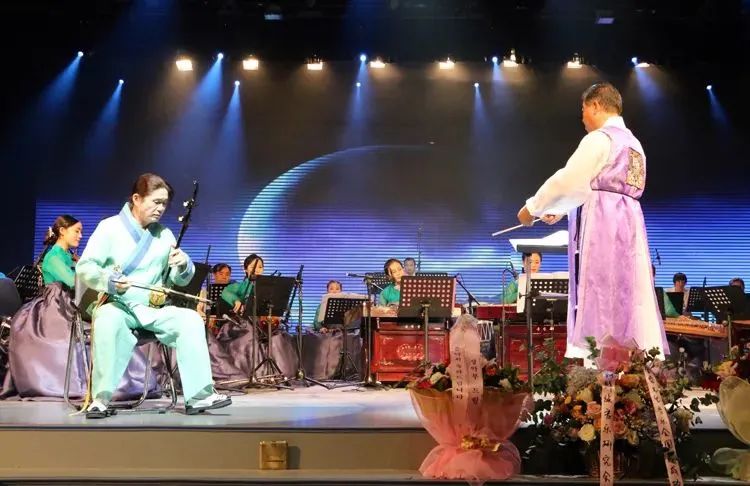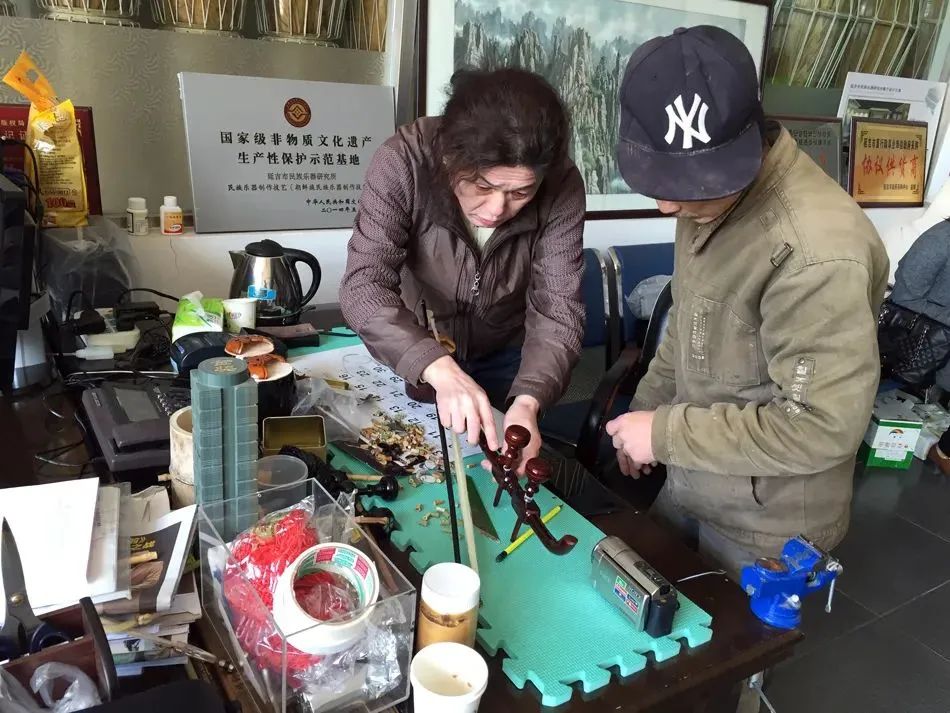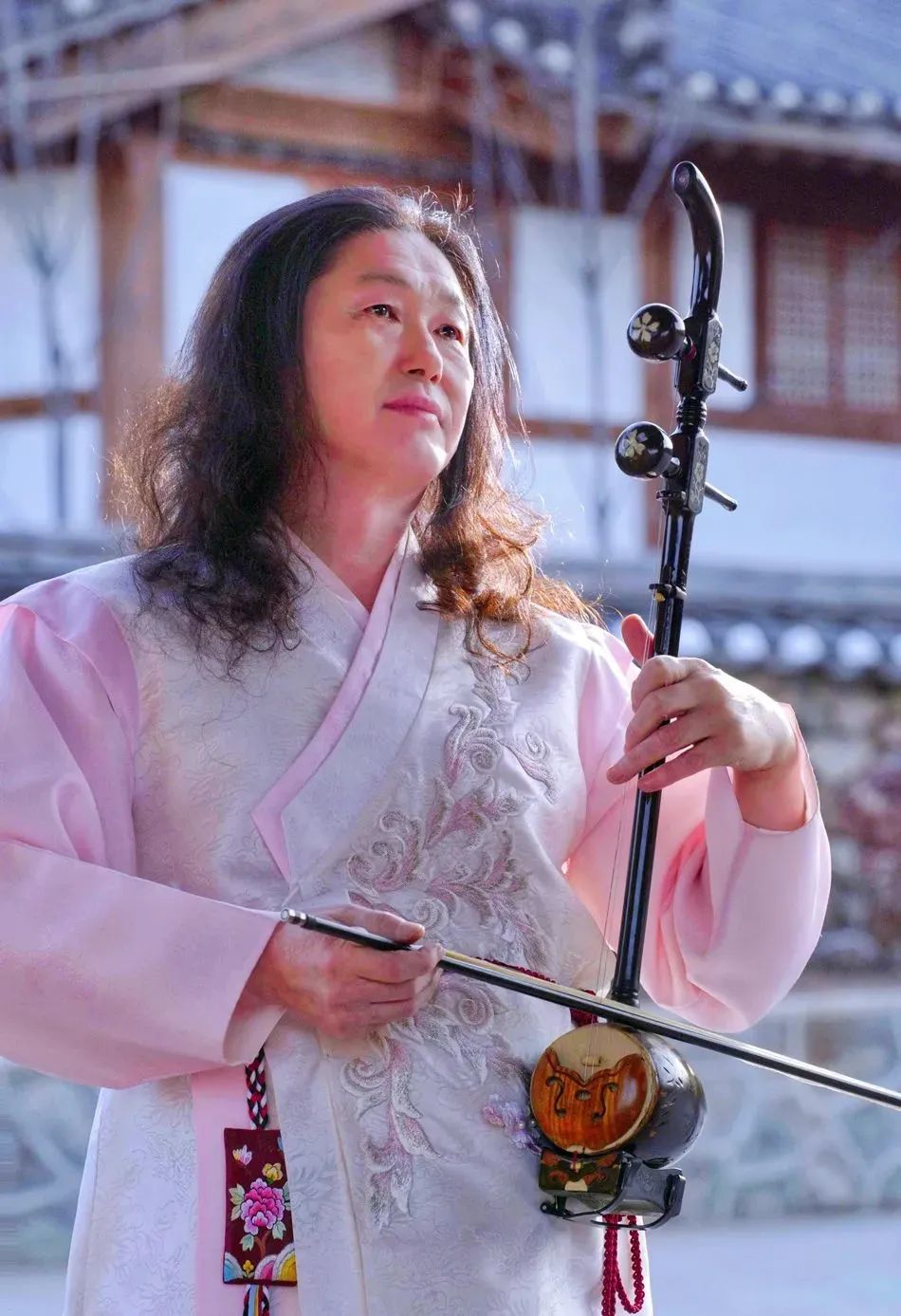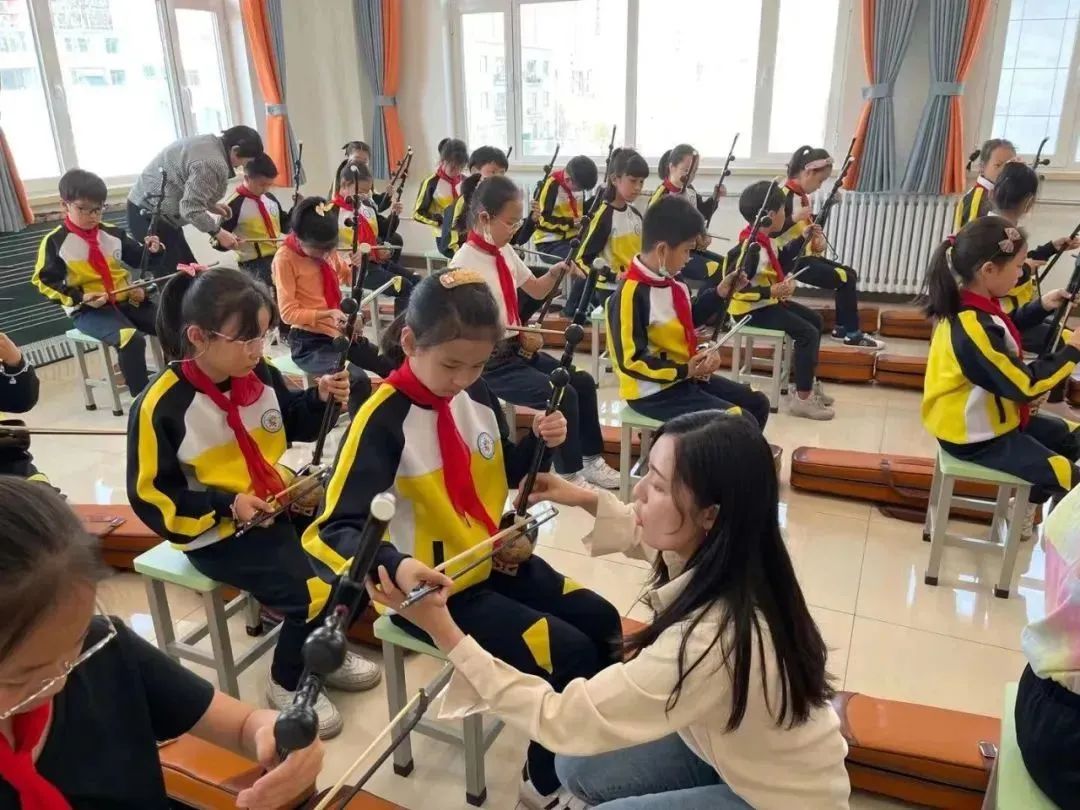The widespread dissemination of Xiqin by the Yanbian Koreans
Xiqin is a Korean stringed instrument with a history of more than 1,000 years. It occupies an important position in the traditional Korean music.
Xiqin art is the crystallization of the wisdom of the Korean people. Its musical instrument shape, tone and performance techniques are all unique. As an important carrier and expression form of Korean traditional culture and art, it has high historical, cultural and artistic value. In the long historical development process, Xiqin has become an indispensable part of Korean traditional music and art, and is a precious cultural heritage of the Chinese nation.

According to Jin Zhe, the representative inheritor of the provincial intangible cultural heritage project of "Korean Xiqin Art", the rhythm of Xiqin is soothing and the music is free and easy and elegant. optimal. Xiqin is generally tuned by the relationship of fifths, and has performance techniques such as vibrato, percussion, and glissando (playing pitch).

In recent years, Yanji City has been committed to the inheritance, protection and development of the Korean Xiqin art, and has achieved remarkable results. The Xiqin Art” non-genetic inheritance base invites Jin Zhe, the non-genetic inheritor, and professional teachers of Xiqin from Yanbian University Art College, Yanbian Song and Dance Troupe and other troupes to carry out regular public welfare training activities to teach students the skills of Xiqin. Up to now, more than 200 successors in Xiqin performance have been cultivated.

The Yanji Municipal Government also allocates special funds every year for the arrangement of Xiqin art archives, the excavation and arrangement of repertoire, and the training of successor talents. A variety of cultural activities such as concerts, widely disseminate and promote the Korean Xiqin art, show its unique artistic charm, thereby attracting more people to understand and recognize the Xiqin art, join the ranks of learning Xiqin performance, and make this intangible cultural heritage skill rewarding The fire is passed down from generation to generation and carried forward.

 渝公网安备 50010702504639号
渝公网安备 50010702504639号